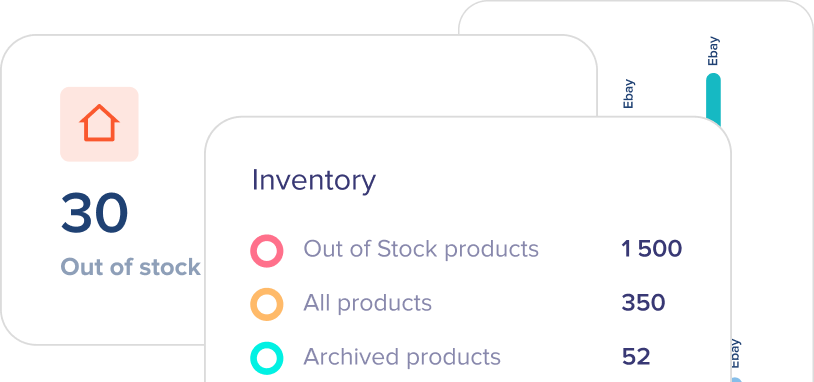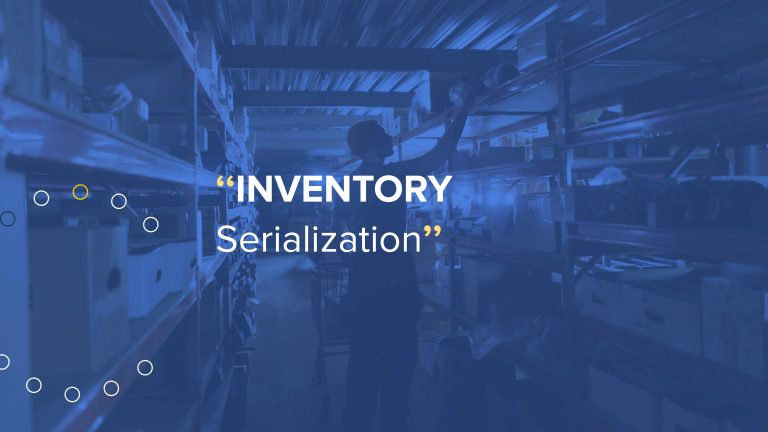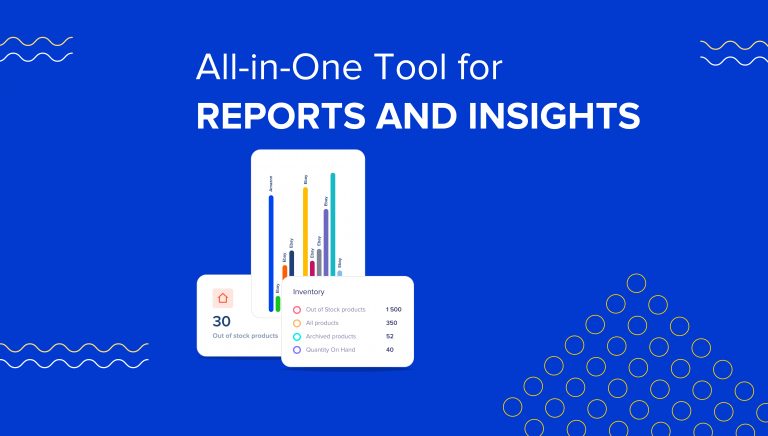When a customer places an order, many processes happen until they receive the ordered products. Despite the quality of the goods, customers also care about the delivery time. From the business perspective, that is the lead time.

In this article, let’s understand the importance of the lead time in inventory management. Also, let’s explore the ways of calculating and improving it.
What is the lead time?
Lead time is the duration between the start and finish of any given process. In retail and wholesale business, it refers to the time between an order placement by the customer and the final delivery of the product.
Lead time is one of the critical effectiveness measures in inventory management practices. It plays a vital role in supply chain processes, and if it goes out of control, that might become a big issue for the business.
Following the changes in lead time and understanding the causes for those changes is essential for quick fulfilment of orders and preventing losses.
Extended lead time is bad
Regardless of which part of the supply chain your business operates, long lead time is an issue. If your company is in the retail industry, you might lose potential sales and customers or at least get your customers unsatisfied with a long lead time. If your business is the production of goods, a long lead time pauses all core business processes and increases retailers’ lead time.
The side effects of the increased manufacturing lead time include bad inventory turnover ratio and, of course, worsening of relations with partners.
How to reduce it?
So, we agree that a long lead time is terrible for the business, and its reduction improves sales and efficiency of the supply chain operations. Now let’s see how you can do it.
Before starting the development of lead time reduction practices, you will need to gather the historical data for a review. You can determine the causes of an extended time and direct your solutions accordingly.
Several changes to make
- Change your suppliers: If your data shows that your lead time lasts longer because of the delays or other issues caused by your suppliers, then there might be a need to review your partnership. In short, consider cooperating with other suppliers.
- Increase reorder frequency: One of the common issues of a long lead time is the time spent waiting for your shipments to be delivered. It is especially likely to happen if you order in large bulks. Analyze the possibility of ordering smaller batches more often.
- Share your sales forecasts with your suppliers as soon as possible: An essential part of successful inventory and sales management is accurate forecasting. So, if your forecasts indicate a massive sales increase, that means you need to get your resources ready. It cannot be successfully achieved without your suppliers. Let them know about your projections, so they can adjust their operations accordingly to fulfill your orders on time.
- Cooperate with domestic suppliers: Shipping takes time, and the farther is the distance, the longer is the time. If you want to cut the time spent waiting for your materials and parts to arrive, consider choosing domestic vendors.
- Use kitting/bundling service: The concept of kitting or bundling is when you order or gather parts that are frequently used together to reduce employee’s time spent on organizational activities. It will improve the lead time since your workers will not spend time sorting, counting, and organizing essential materials and parts.
- Integrate inventory management system: Inventory management system will enormously improve supply chain processes by making them more efficient and effective. By automating inventory tracking, shipment, and control, companies can save time and reduce errors. As a result, the accuracy of the orders will be increased, and the lead time will decrease. Modern inventory management system eSwap provides all these features, including order and inventory management, workflow automation, etc.
How to calculate?
The good news is that the lead time calculation is not at all complicated. You need to have the duration of each supply chain activity and add them together. The formula depends on your business profile: is it a manufacturer or a retailer?
Manufacturing companies can use the following formula for calculations:
Total LT= Procurement time + Manufacturing time + Shipping time
Because the manufacturing step is absent from the retailer’s supply chain, for them, the formula will be like this:
Total LT = Procurement time + Shipping time
Calculation example
Now, let’s look at a practical example for a better understanding of the formula.
Let’s assume that Company XYZ is in the production of luxury leather bags, and they received an order of 30 bags. We need to calculate the lead time of that order.
Let’s also assume that the historical manufacturing data indicates that the company can produce 15 bags each week. So, we have the first part of the formula: 15 bags a week means that 30 bags will be made in 2 weeks.
The next figure to find is the procurement time. It is the time that it takes for all components, parts, and raw materials to arrive. Again, let’s assume that it takes one week to get all the required materials to produce these 30 bags. So, one week is another figure of the formula.
And finally, Company XYZ has to ship the order to its customer. The last shipment data indicates how much time it takes to get the products delivered from the warehouse to the customer’s address. Assuming that it is one week, we get our last figure.
Final result
Now we can make these inputs into the formula.
Total LT = Manufacturing time + Procurement time + Shipment time
Total LT = 2 weeks (14 days) + 1 week (7 days) + 1 week (7 days) = 4 weeks or 28 days
So, the lead time for this specific order will be 28 days.
This result should be provided to the customer and analyzed to make further improvements. Remember, the shorter is the LT, the better.







